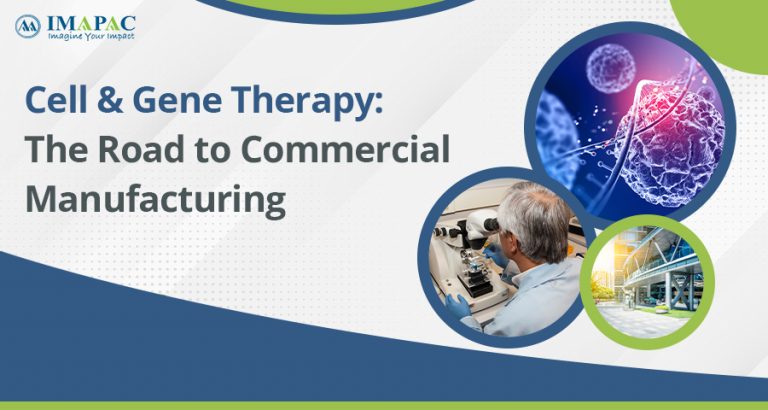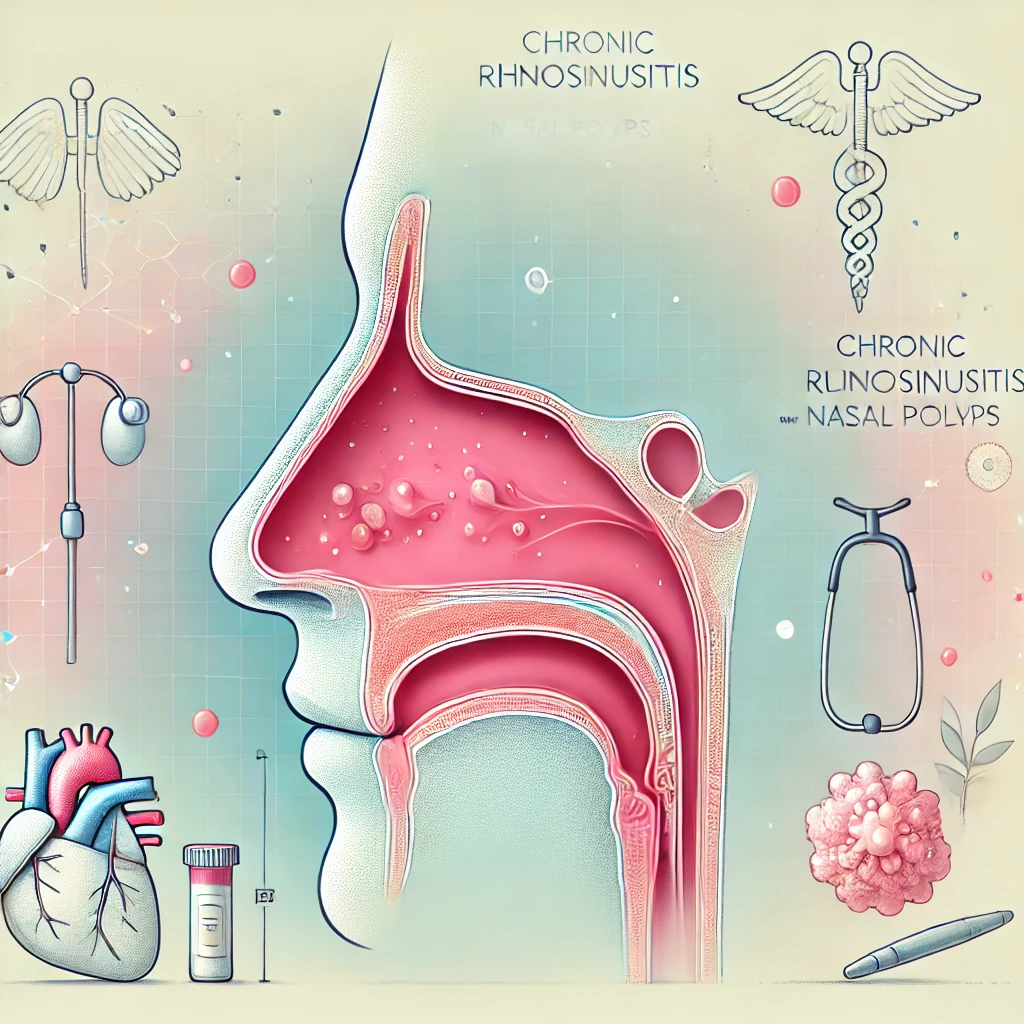Cell & Gene Therapy: The Road to Commercial Manufacturing
Consider that you run a new cell therapy business. You have completed the complicated discovery phase and are putting the finishing touches on an innovative cure.
At this point, a picture of how to achieve a commercial manufacturing environment with all the necessary equipment and systems in place starts to take shape. The tools that were successful for you in the past might not be effective going forward. To succeed going forward, the business will need to think about new approaches to doing things.
There must be some serious thought put into how to enhance and streamline the production of gene and cell therapy as the path to commercial manufacturing becomes more evident. Cost of production, the ability to deliver the drugs to the patient on time, maintaining the chain of identity throughout the entire process, reducing manual processes to reduce human error, raising quality through standardization of processes, coordinating supply chain tracking, etc. are few of the factors to be taken into account.
Electronic systems are emerging as the main choice for handling these kinds of complicated operations when scaling up to commercial manufacturing. Through its ability to automate processes and calculations, a manufacturing execution system, or MES, is perfectly equipped to target the main issues for makers of cell and gene therapies. Additionally, it provides the capacity to scale up and scale out therapies, examines batches by exception, and interacts with both current equipment and IT systems.
The pharmaceutical services industry has been around since the 1970s, when Smith, Kline & French, a pharmaceutical company, reportedly sought outside assistance in producing the raw components for the ulcer medication Tagamet. In the years that followed, the industry expanded beyond such pharmaceutical compounds to include components for biologics companies as well as medications in their finished-dose forms. However, the market for cell and gene therapy services appears to be completely distinct from other service sectors, with the potential to grow quickly.
Cell and gene therapies have the potential to be profoundly revolutionary in the long run, but it has been increasingly clear in recent years that there are numerous obstacles in the way of providing patients with cutting-edge treatments. Therefore, there has never been a more pressing need to address the difficulties associated with producing cell and gene treatments as more and more goods approach commercialization. Creating manufacturing methods that produce high-quality items at affordable costs while also being scalable to satisfy fluctuating demand across the whole product life-cycle is one of the main problems.
This tendency can be explained in part by the fact that the majority of major pharmaceutical companies acquired their cell-therapy development capabilities rather than developing them internally through their own research pipelines. Such businesses recognized the potential of cell therapies at an early stage and moved swiftly to invest in the first and most promising innovators in the field, many of whom would have been working on patient-specific products. This could explain why modern start-ups concentrate their research on adaptable allogeneic alternatives, whilst big pharmaceutical corporations account for a major proportion of autologous medicines in clinical development and commercial operations.
Induced pluripotent stem cells (iPSCs) are anticipated to be used as the beginning material by producers of allogeneic stem cell therapies due to their versatility. Almost any sort of living donor cell can be induced and reprogrammed to “wipe clean” the characteristics that make them unique. What’s left are pluripotent stem cells, which can be gene-edited to target particular diseases and differentiated into nearly every other type of cell in a human body — and for practically any patient.
Bio Manufacturers do not need to work with weakened immune cells from a sick person when adopting an allogeneic method. To build banks of healthy, donor-sourced material, they can instead make use of scalable cell platforms and tried-and-true production techniques from conventional biopharmaceutical operations. Such materials can go through carefully regulated genetic tinkering before being encouraged to multiply into numerous therapeutic cells.
The fields of gene and cell therapy are expanding very quickly. This comprises a sizable and expanding number of products in the works as well as fresh goods with substantial sales, like blockbusters, that are currently making their way onto international marketplaces. With markets in the tens of billions projected in the next five to ten years, enormous sums of money are being invested in research and commercial development. Cellular and gene therapies must overcome a number of significant obstacles, the majority of which are related to commercial manufacturing, in order to realize their full potential. The yearly global survey of bioprocessing specialists conducted by BioPlan Associates has verified these findings.
Numerous biopharmaceutical manufacturers require assistance to manage the logistical requirements of cell and gene therapies, including obtaining patient-supplied material, maintaining adequate temperature controls, and dispersing the goods widely enough to have an impact on patients.
Although each treatment’s specifics may differ, they all share one characteristic. Each form of treatment consists of living cells or viral vectors with a very short lifespan. The timely and flawless delivery of medications to and from the manufacturer, as well as their eventual delivery to the treatment center for patient administration, are vitally essential.





